 Image via Wikipedia
Image via Wikipedia Universe Today ★ 14 
Latest
Apr 19
Today
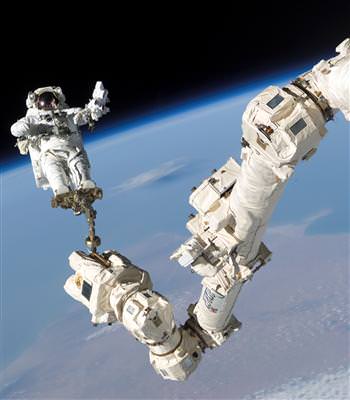
Gallery: 10 Years of Canadarm2, Construction Crane in Space
Canadarm2, the huge robotic arm on the International Space Station holds astronaut Stephen Robinson during the STS-114 mission. Credit: NASAOn April 19, 2001, space shuttle Endeavour’s STS-100 mission launched to the space station, and in the payload bay was Canadarm2, a larger, more robust successor to the shuttle’s Canadarm. The Space Station Remote Manipulator System (SSRMS) is a sophisticate
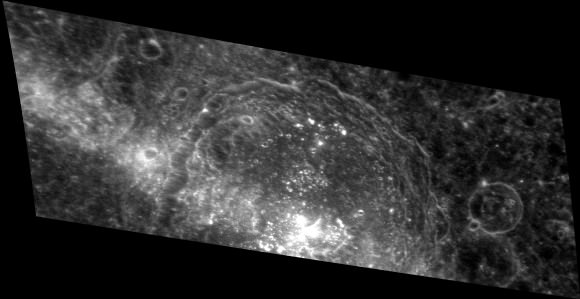
Latest Images from Mercury: Bright Peaks, Swirling Craters and Weird Terrain
Credit: NASA/Johns Hopkins University Applied Physics Laboratory/Carnegie Institution of WashingtonThe MESSENGER spacecraft is still happily orbiting Mercury since its orbit insertion in mid-March, and here are some of the latest images sent back from the first rock from the Sun. In this image, the central peaks inside a large crater named Asvaghosa show up as exceptionally bright. The MESSENGER
Apr 18
Yesterday
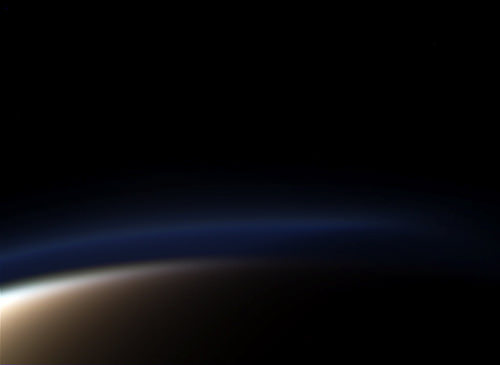
Is Titan Hiding an Ocean?
Titan holds yet more secrets beneath its haze...Saturn’s moon Titan just keeps throwing surprises at us. A multi-layered atmosphere thicker than our own? Check. A hydrologic cycle that relies on methane as the operating liquid? Check. Rivers, streams and lakes filled with this same liquid? Check, check and check. And now, scientists are suspecting that Titan may have yet another surprise: a subs
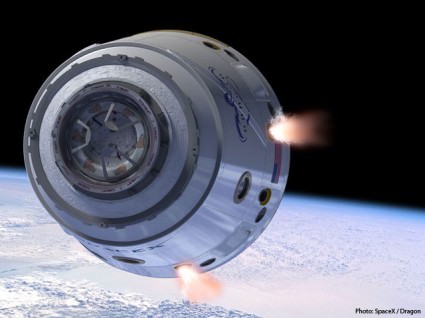
NASA Announces Awardees of CCDev2
SpaceX was one of four companies whose proposals were selected as part of the Commercial Crew Development 2 (CCDev2) contract. Image Credit: SpaceX NASA has announced the winners of the four second-round agreements under the Commercial Crew Development (CCDev2) program. These companies will now be awarded between $22 million and $92 million for their proposals. These funds will be used to help th

Carnival of Space #193
A brand new Carnival of Space, hosted by The Robot Guy! Click here to read the Carnival of Space #193.And if you’re interested in looking back, here’s an archive to all the past Carnivals of Space. If you’ve got a space-related blog, you should really join the carnival. Just email an entry to carnivalofspace@gmail.com, and the next host will link to it. It will help get awareness out there about y

Kepler Discovers a Rare Triple Gem
video Relative sizes of the "Trinity" starsIt may be visible to the naked eye, but it took the unblinking gaze of NASA’s Kepler space telescope to reveal the true triple nature of this star system.(...)Read the rest of Kepler Discovers a Rare Triple Gem (355 words)© Jason Major for Universe Today, 2011. | Permalink | 11 comments | Add to del.icio.us Post tags: Feed enhanced by Better Feed
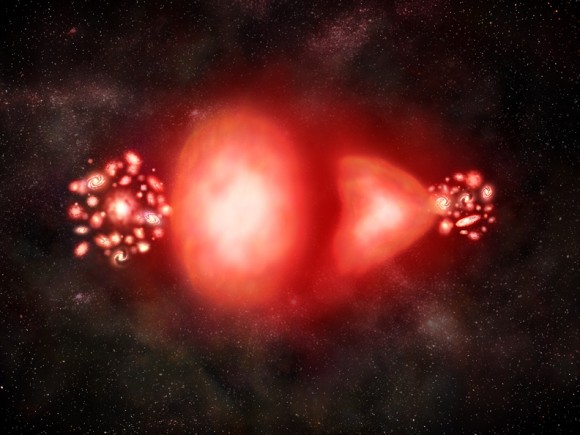
Antigravity Could Replace Dark Energy as Cause of Universe’s Expansion
Illustration of Antimatter/Matter Annihilation. (NASA/CXC/M. Weiss)Since the late 20th century, astronomers have been aware of data that suggest the universe is not only expanding, but expanding at an accelerating rate. According to the currently accepted model, this accelerated expansion is due to dark energy, a mysterious repulsive force that makes up about 73% of the energy density of the univ
Apr 17
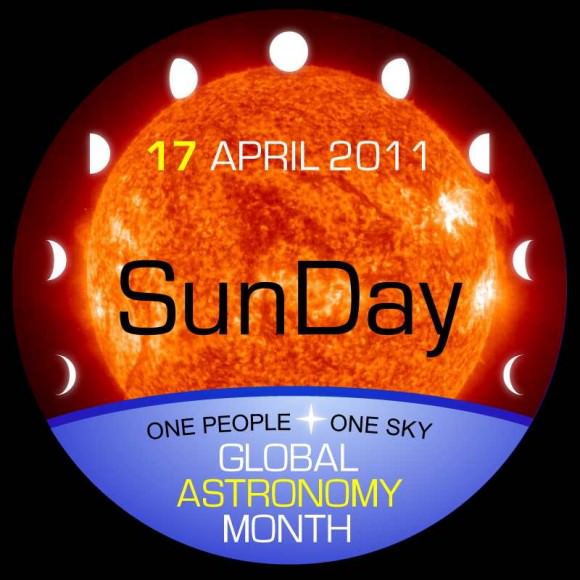
Sun Day, April 17th – Get Out And Enjoy!
In keeping with global astronomy month, it’s time to get out and enjoy another favorite astronomical target – the Sun! It’s a star that can be seen from both hemispheres and a great way to involve your friends, neighbors and family in the pleasure of observing. What’s more… there’s activity going on right now, too! (...)Read the rest of Sun Day, April 17th – Get Out And Enjoy! (415 words)© tamm
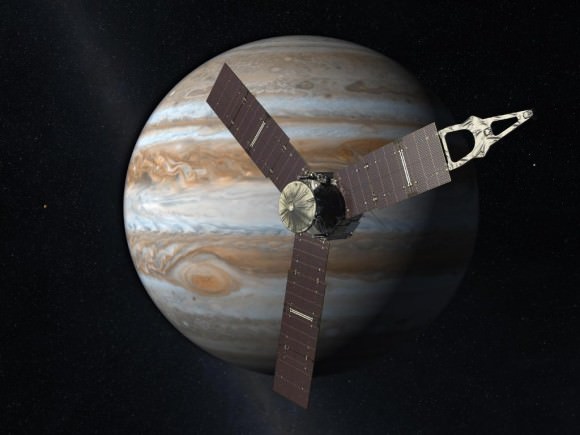
Solar Powered Jupiter bound JUNO lands at Kennedy Space Center for blastoff
The Juno spacecraft passes in front of Jupiter in this artist's depiction. Juno, the second mission in NASA's New Frontiers program, is solar powered and will blast off for the largest planet in our solar system in August 2011 and investigate the origin and evolution of Jupiter. Credit: NASA/JPL-CaltechJuno, NASA’s next big mission bound for the outer planets, has arrived at the Kennedy Space Cen
Apr 16

Astronomy Without A Telescope – Assumptions
The Lambda-CDM model attempts to describe the entire universe by assuming that the entire universe is both isotropic and homogeneous. This assumption also applies to the past, present and future - incorporating a single originating big bang event, a current flat geometry and a future dominated by accelerating expansion - here, there and everywhere. Sourced from: coldcreation.blogspot.comThe curre

Telescope Eyepieces: The Weakest Link
Do you have a new telescope, or are you considering buying a new one? Hopefully, you have chosen a telescope with the best specifications for your budget, but before you can truly get the best out of your wonderful new window on the cosmos, you need to have something even more important than the scope – Eyepieces! (...)Read the rest of Telescope Eyepieces: The Weakest Link (928 words)© Adrian Wes
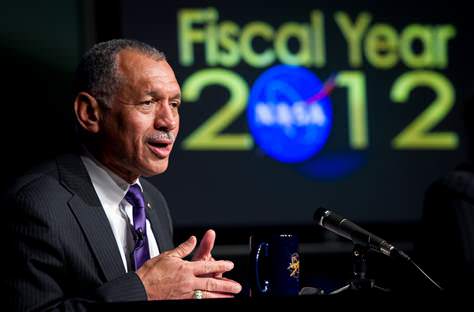
NASA Avoids Accountant’s Axe
NASA Administrator Charles Bolden discusses the recently announced NASA budget. Photo Credit: NASA/Bill IngallsWith the US’s attention firmly focused on the budget with calls to cut spending in every possible non-essential programs, supporters of the U.S. human space flight program were concerned that NASA would be on the frontline to take a hit. But Congress spared the space agency from prospect
Apr 15
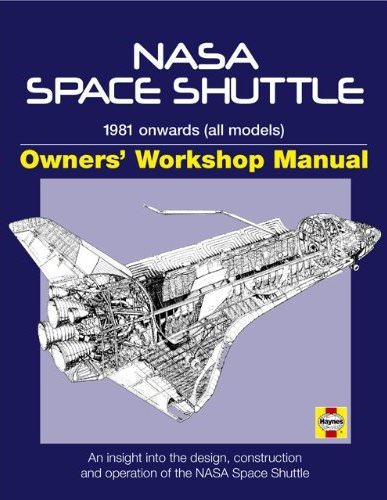
Zenith Press has re-released NASA Space Shuttle Owner's Workshop Manual just in time to mark the conclusiion of the shuttle program. Image Credit: Zenith Press The shuttle era is ending and when things end people have the tendency to look back and reflect on the trials and tribulations of that period. There are many news books that are being produced that seek to capitalize on this nostalgia
by Jason Rhian • 3 days agoLatest
Apr 19
Today

Beyond the Red Edge
If you study ‘earthshine,’ the light of our planet reflected off the unlit part of the Moon, you can discover much about how life leaves an imprint upon a spectrum. It’s a useful exercise because one of these days we’ll have the tools in place to be examining the spectrum of a terrestrial world around another star. In Earth’s case, what two different teams have found is that water vapor, oxygen an
Apr 18
Yesterday

WASP-12b: A Magnetic Bow Shock
A number of interesting things are coming out of the Royal Astronomical Society’s now convening meeting in Llandudno, Wales, many of them still embargoed, though we’ll be able to discuss them later in the week. But among the papers now open for discussion, I was drawn to work by Aline Vidotto and colleagues at the University of St. Andrews. Vidotto has been working with the exoplanet WASP-12b, a ‘
Apr 15
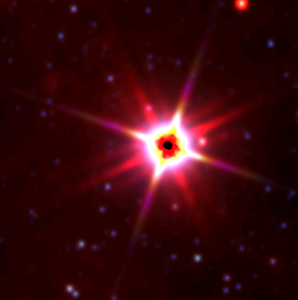
WISE: “Millions of Newfound Objects”
Data from the first 57 percent of the sky surveyed by the WISE mission (Wide-Field Infrared Survey Explorer) are now available and accessible through the online archive. You can dig into the archive hunting for WISE imagery right now, as I did this morning to retrieve this Alpha Centauri image. The WISE team has put up a help page on the image data service with useful information about how to fin
Apr 14
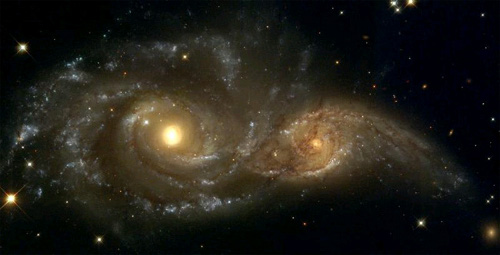
Astronomy in Year Trillion
We’ve got to come up with a better name that ‘Milkomeda’ to describe what’s going to eventually happen when the Milky Way and Andromeda merge. Remember that Andromeda is one of the galaxies with a blueshift, showing that it is moving toward us. That the merger will probably happen — in about five billion years — appears inevitable, and it’s fascinating to speculate on the evolution of the elliptic
Apr 13
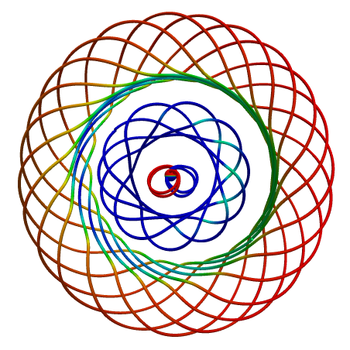
Visualizing Warped Spacetime
What on Earth — or off it — could inspire a physicist with the credentials of Caltech’s Kip Thorne to say “I’ve never before coauthored a paper where essentially everything is new. But that’s the case here.” Yet if Thorne couldn’t say that about some of his earlier work with wormholes (!), he feels safe in saying it about the new tools for visualizing warped space and time that are discussed in a
Apr 12
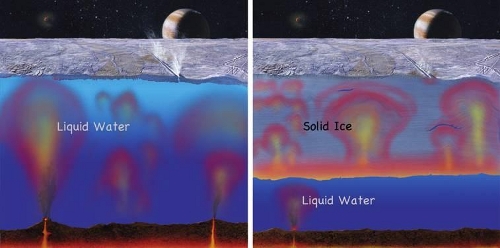
Europa: Thin Ice and Contamination
These days funding for missions to some of the most interesting places in the Solar System is much in question. But sooner or later we’re going into the outer system to investigate the possibilities for life on worlds like Europa, Enceladus or Titan. The case for Europa seems particularly compelling, but we have to be careful about our assumptions. When the Europa Orbiter Science Definition Team d
Apr 11
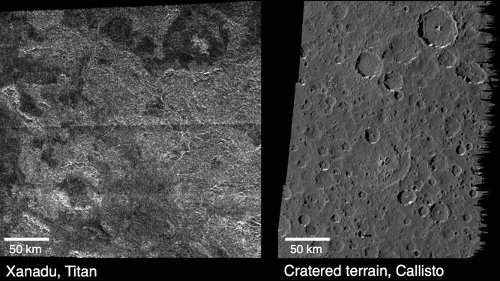
New Debate over Volcanoes on Titan
Back in December, scientists from the Cassini team presented evidence for ice volcanoes on Titan, looking at a region called Sotra Facula, which bears some resemblance to volcanoes on Earth like Mt. Etna in Italy and Laki in Iceland. An ice volcano, also known as a cryovolcano, would draw on geological activity beneath the surface that warms and melts parts of the interior and sends icy materials
Apr 08
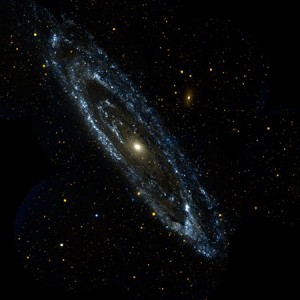
Imaging Red Dwarf Planets
If you’re trying to get actual images of exoplanets, it helps to look at M-dwarfs, particularly young ones. These stars, from a class that makes up perhaps 75 percent of all the stars in the galaxy, are low in mass and much dimmer than their heavier cousins, meaning the contrast between the star’s light and that of orbiting planets is sharply reduced. Young M-dwarfs are particularly helpful, espec
Apr 07
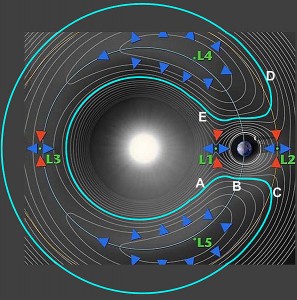
Stable Orbit for a Newly Discovered Companion
The Earth is followed around the Sun by several Near Earth Asteroids in what are called ‘horseshoe orbits.’ Have a look at the NASA image below showing the orbital contours of such orbits. You can see the horseshoe shape, so called because the object’s apparent direction changes as seen by a viewer on the Earth. What’s happening is that the gravitational attraction of the Earth is changing the ast
Apr 06
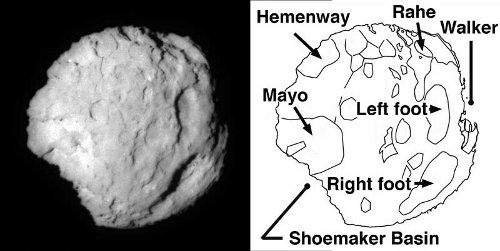
Wild 2: Liquid Water Inside a Comet?
What goes on inside Kuiper Belt objects in the outer reaches of the Solar System? We can get some idea from what we’re learning about comets like Wild-2, dust grains of which were brought back to Earth in 2006 as part of the Stardust mission. The thinking about Wild-2 is that, like many comets, it originated in the Kuiper Belt out of icy debris left over from the formation of the Solar System. But
Apr 05
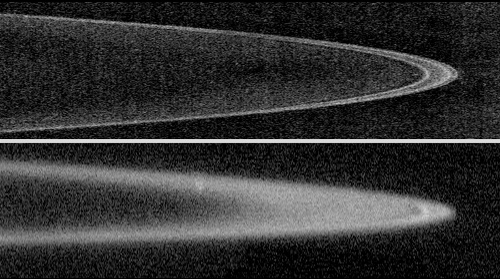
Impact Events Shown by Planetary Rings
Send a spacecraft into the outer Solar System and unexpected things can happen. We’re all anticipating the arrival of the New Horizons probe at Pluto/Charon in 2015, but the work the spacecraft has done along the way has recently been highlighted again. Moving toward Jupiter in 2007, New Horizons was programmed to image Jupiter’s ring system in the hope of catching details about an odd effect. Bac
Apr 04
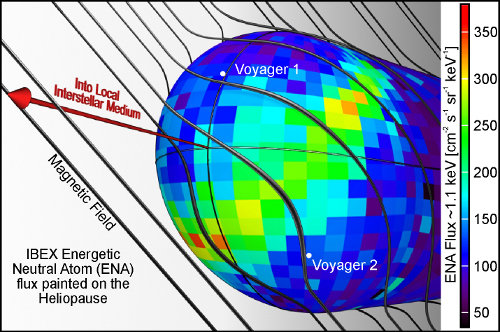
At System’s Edge: The IBEX ‘Ribbon’
Studying the heliosphere and its interactions with the interstellar medium isn’t easy, which is one among many reasons we follow the fortunes of the Voyager probes with such continuing fascination. They’re pushing up against the boundary between the Sun’s local ‘bubble’ and deep space beyond, where charged particles from the solar wind are no longer a factor and the deeper rhythms of the galaxy ta
Apr 01
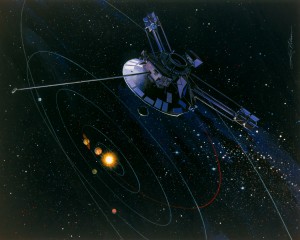
The Pioneer Anomaly Resolved?
The fascination of the so-called ‘Pioneer anomaly’ is that it offers the possibility of new physics, an apparently constant acceleration on the Pioneer 10 and 11 probes with a value of (8.74 ± 1.33) × 10−10 m/s2 being something that we can’t easily explain. Equally useful is the chance the Pioneer anomaly gives us to validate current physical models by figuring out how we might explain this accele
Mar 31
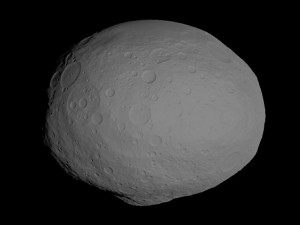
Vesta: Closing on a Protoplanet
As the Dawn spacecraft continues on its way to Vesta, which it will reach in July, mission controllers have been putting it through its paces with a series of maneuvers that test the vehicle’s capabilities, a rehearsal for the high- and low-altitude mapping orbits it will operate in. It’s interesting to consider Dawn’s ion thrusters, which after more than 2.2 years of powered flight, continue to w
Mar 30
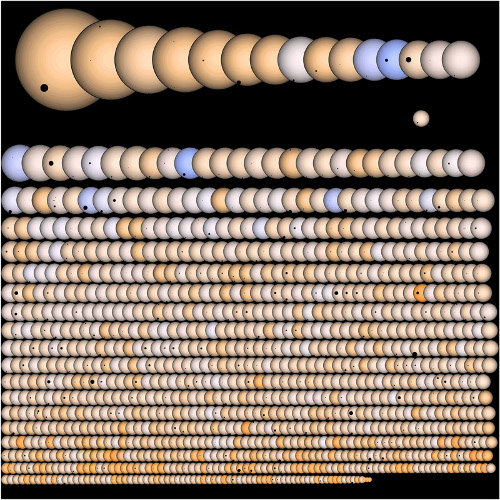
Under a Sri Lankan Moon
Looking to put things into perspective? The recent Kepler illustration of the 1235 candidate planets thus far identified, each shown in transit, is something to revel in. The image, shown below, offers a sweeping look at the range of stellar sizes that accomodate planets, and bear in mind that these are the planets that by the luck of the draw happen to be visible in transit, a small percentage of
Mar 29

Asteroid Mining: A Marker for SETI?
Having just finished Iain Banks’ The Player of Games, I’m thinking about the ‘orbitals’ he describes in his series of novels about the Culture, a vast, star-crossing civilization that can build space habitats in the form of massive rings. Orbitals are smaller than the kind of ‘ringworld’ Larry Niven envisioned, but huge nonetheless, bracelets of super-strong materials housing billions who live on
Mar 28
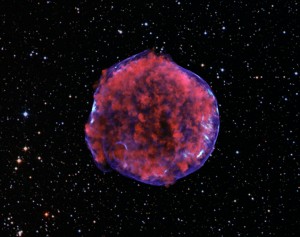
Carnival of Space 190
Here’s the latest in the weekly collection of space writing known as the Carnival of Space, in which people with their eyes on the stars go to work to explain the latest findings. Let’s start with the Sun, for even as we push our investigations of distant exoplanets, we have much to learn about the nearest star, as our recent discussion of the Solar Probe Plus reminds us. Launching this week’s Car
Mar 25

Philosophy, Breakfast and Life Elsewhere
Because I’m immersed in Laura Snyder’s wonderful book The Philosophical Breakfast Club (Broadway Books, 2011), I’ve been thinking lately about William Whewell. Long the master of Trinity College, Cambridge, Whewell helped bring sound, inductive methods to the fore in the science of his day, created models of international cooperation in scientific investigations through his studies of the tides, f
Mar 24
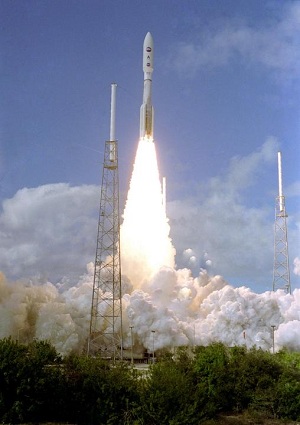
Pedal to the Metal
We have a long way to go before we can get a probe to another star in the space of a human lifetime. The figure always cited here is the heliocentric speed of Voyager 1, some 17.05 kilometers per second, which is faster than any of our outward bound spacecraft but would take well over 70,000 years to reach Alpha Centauri, assuming Voyager 1 were pointed in that direction. New Horizons is currently
Mar 23
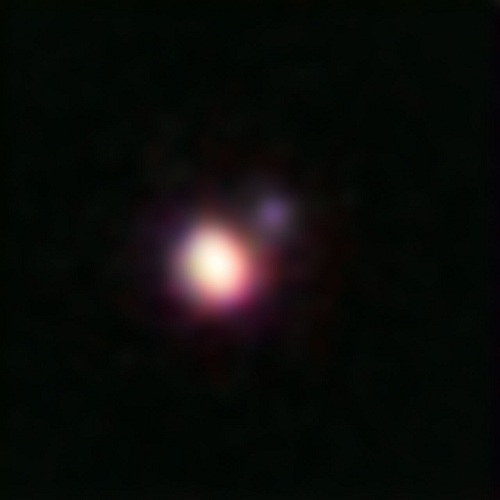
Brown Dwarfs and Planets: A Blurry Boundary
With April approaching, my thoughts turn more and more to the release of the WISE data, which should tell us a great deal about brown dwarfs and other relatively cool objects in our stellar neighborhood. The Wide-Field Infrared Explorer mission hasn’t gained the media attention of a Kepler or a CoRoT because it’s not specifically a planet-hunter and isn’t in the business of turning up small, rocky
Mar 22

Extraterrestrial Life: The Need for an Answer
An article in Time Magazine’s latest issue caught my eye as I thumbed through it while waiting in line at the grocery store. The magazine is running a feature called ‘10 Ideas That Will Change the World,’ and they tend toward being optimistic takes on huge problems. Thus the deficit gets an essay about how we’re going to fix it, while Afghanistan gets a thumbs-up for progress in the right directio
Mar 21
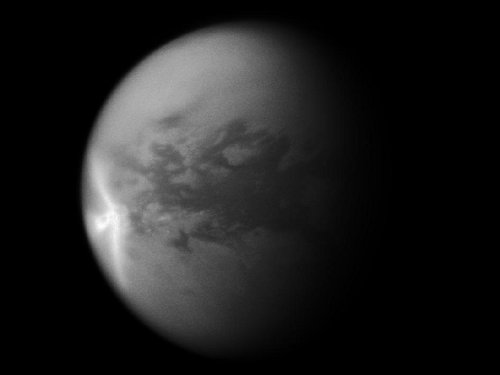
Equatorial Rains on Titan
Rains have come to the equatorial regions of Titan, a vivid marker of the changing seasons on the distant Saturnian moon. A large storm system appeared in the equatorial regions in late September of last year as spring came to the low latitudes, and extensive clouds followed in October. When they dissipated, the Cassini orbiter was able to capture surface changes in a 500,000 square kilometer regi

Deadline Reminders: NASA Solicitations
Tau Zero practitioners should be aware that deadlines on the following solicitations are approaching quickly: (1) NASA Innovative Advanced Concepts (NIAC) – Early Stage Innovation DEADLINE for Notices of Intent: 29-March-2011 (Just 7 workdays away) DEADLINE for Proposals: 02-May-2011 (2) NASA Broad Agency Announcement (BAA): Technology Demonstration Missions (TDM) DEADLINE for Notices of Intent: 3
Mar 18

The Flight of Icarus: Abridged
by Andreas Tziolas After a 15 minute main thruster burn early this morning (UTC), the MESSENGER spacecraft is now in orbit around Mercury. Congratulations to the entire MESSENGER team. As we look forward to much more from Mercury, I want to turn today’s session over to Andreas Tziolas, for some thoughts on the mind-bending process of designing an interstellar spacecraft. Dr. Tziolas is a theoretic
Mar 17
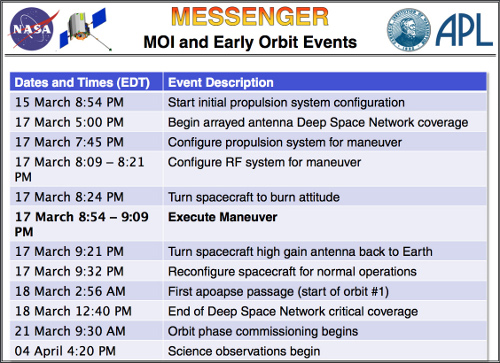
White Dwarfs and Habitable Planets
Before I get into today’s story, which is an interesting study on planets around white dwarfs that Andrew Tribick passed along, I want to say a few words about Japan. Centauri Dreams has many, many readers in that country, and the terrible images and stories coming out of there have haunted me these past few days. The suffering of those displaced by the earthquake and tsunami, and the continued pr
Mar 16
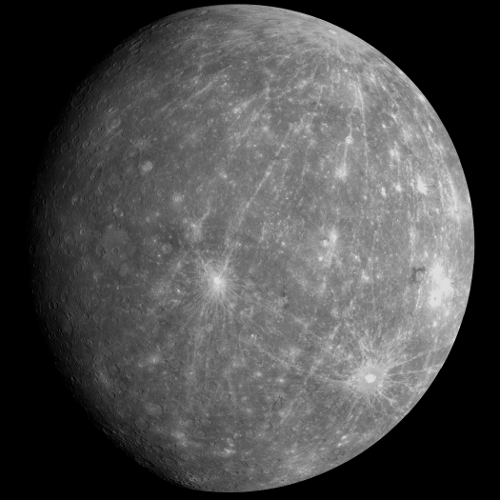
MESSENGER’s Day in the Sun
We rarely talk about the inner planets here, and even Mars gets short shrift. That’s because I decided at the outset that because there were so many excellent sites covering planetary exploration — and especially Mars — my only focus within our Solar System would be on the outer planets and, of course, what lies beyond them. But the MESSENGER mission is simply too fascinating to ignore, the first
Mar 15

A Dark Energy Option Challenged
Having a constant named after you ensures a hallowed place in astronomical history, and we can assume that Edwin Hubble would have been delighted with our continuing studies of the constant that bears his name. It was Hubble who showed that the velocity of distant galaxies as measured by their Doppler shift is proportional to their distance from the Earth. But what would the man behind the Hubble
Mar 14

Fukushima: Reactors and the Public
All weekend long, as the dreadful news and heart-wrenching images from Japan kept coming in, I wondered how press coverage of the nuclear reactor situation would be handled. The temptation seemed irresistible to play the story for drama and maximum fear, citing catastrophic meltdowns, invoking Chernobyl and even Hiroshima, along with dire predictions about the future of nuclear power. My first tho
Mar 11
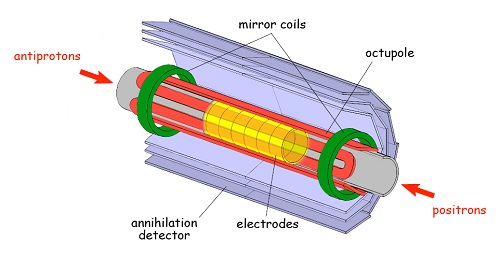
Antimatter: The Conundrum of Storage
Are we ever going to use antimatter to drive a starship? The question is tantalizing because while chemical reactions liberate about one part in a billion of the energy trapped inside matter — and even nuclear reactions spring only about one percent of that energy free — antimatter promises to release what Frank Close calls ‘the full mc2 latent within matter.’ But assuming you can make antimatter
Mar 10

The Rhetoric of Interstellar Flight
Isn’t it fascinating how the Voyager spacecraft keep sparking the public imagination? When Voyager 2 flew past Neptune in 1989, the encounter was almost elegaic. It was as if we were saying goodbye to the doughty mission that had done so much to acquaint us with the outer Solar System, and although there was talk of continuing observations, the public perception was that Voyager was now a part of
Mar 09
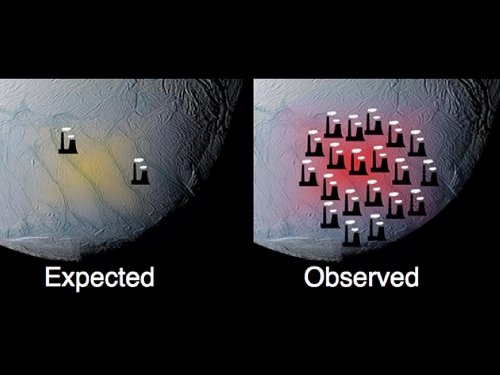
Enceladus: Heat Output a Surprise
What do we make of the ‘tiger stripes’? The intriguing terrain in the south polar region of Saturn’s moon Enceladus is geologically active and one of the most fascinating finds of the Cassini mission. The ‘stripes’ are actually four trenches, more or less in parallel, that stretch 130 kilometers, each about 2 kilometers wide. What Cassini showed us was that geysers of ice particles and water vapor
Mar 08

On Meteorites and Budgets
Two kinds of astrobiology stories are in the wind this morning. One of them has to do with the weekend eruption of stories concerning evidence of fossilized life inside a meteorite. The other deals with scientific investigation off-planet, and although sparsely covered, it’s the one with the greater significance for finding life elsewhere. But first, let’s get Richard Hoover’s paper about meteorit
Mar 06

NIAC: Bob Cassanova’s Mug
Last week turned into a major disruption for Centauri Dreams. Major server problems that have involved new hardware and all manner of delays struck late on the night of Sunday February 27 and kept the site offline until this past weekend. Sorry for this, and thanks to those of you who kept in touch via email or via the @centauri_dreams Twitter feed. Let’s hope the situation is now under control. I
Feb 25

British Interplanetary Society: Then and Now
by Kelvin Long Physicist and aerospace engineer Kelvin Long is the co-founder of Project Icarus, the interstellar design study that is a successor to Project Daedalus. Here he gives us a look at the history of the British Interplanetary Society, whose accomplishments and continuing efforts in the area of interstellar propulsion have energized the entire field. As well as being an active Tau Zero p
Feb 24
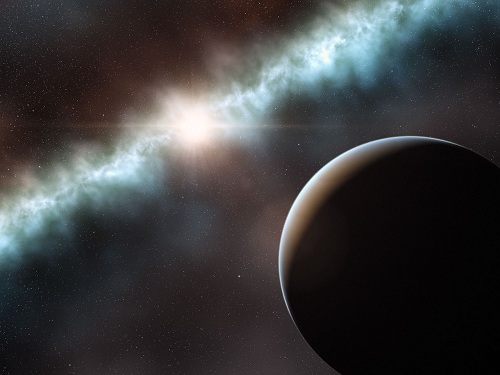
Ongoing Planet Formation in the Chamaeleon?
We recently looked at protoplanetary disks around the stars AB Aur and LkCa 15, new studies using adaptive optics at the Subaru telescope on Mauna Kea. Today we learn about another interesting disk, this one around the young star T Chamaeleontis (T Cha), about 350 light years from Earth in the southern constellation called the Chamaeleon. The star is a scant seven million years old and, as was th
Feb 23

An Internet Designed for Space
You would think that Internet pioneer Vint Cerf would be too busy with the upcoming transition from Internet Protocol version 4 to IPv6 — not to mention his other duties as Google’s Chief Internet Evangelist — to keep an eye on space communications. But the man behind the Net’s TCP/IP protocols never lets the human future off-planet get too far from his thoughts. These days the long hours he has a
Feb 22

Hitting the Exoplanet Jackpot
If by any chance you missed Lee Billings’ recent work on BoingBoing, let me direct you to Cosmic Commodities: How Much is a New Planet Worth? Lee has been talking to planet hunter Greg Laughlin (UC-Santa Cruz) about the latter’s equation that quantifies the worth of a given planet. It’s an ingenious concept, one that accepts inputs like planetary mass, estimated temperature, type and brightness of
Feb 21

A Gas Giant in the Oort Cloud?
Of all the interesting targets the WISE (Wide-Field Infrared Explorer) mission might find, I’ve focused primarily on two in Centauri Dreams: A small star, doubtless a brown dwarf, that might be found closer to us than the Alpha Centauri trio, and a large planet out in the Oort Cloud that might be disturbing cometary orbits. That latter scenario turned up again last March in Finding the Real Planet
Feb 18
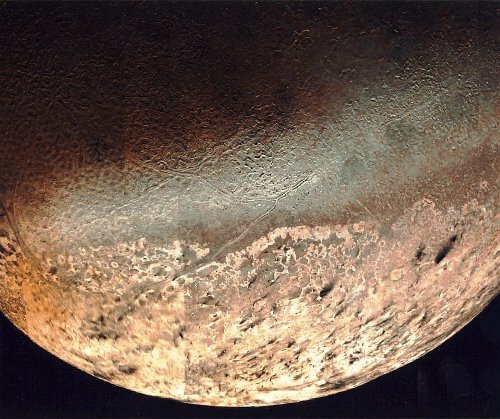
Water, Water, Everywhere
Our view of the Solar System has changed utterly in the last fifty years. Mention that at a cocktail party and your listener will assume you’re talking about Pluto, the demotion of which has stirred more response than any other recent planetary news. But in addition to all we’ve learned through our spacecraft, our view of the Solar System has gone from a small number of orbiting planets to huge nu
Feb 17
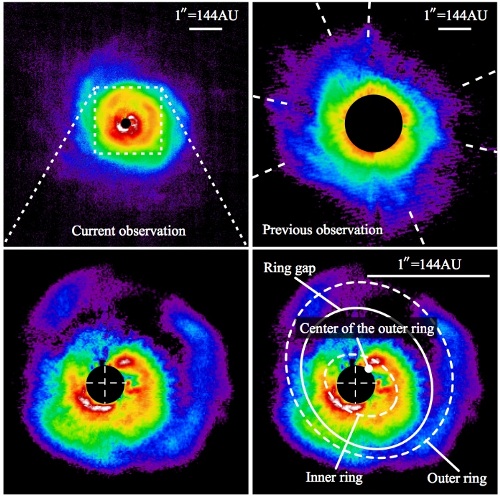
New Images of Planet-Forming Disks
Protoplanetary disks present huge challenges, but we need to learn more about them to make sense of our exoplanet catalog. We’re interested in learning about the two primary theories of planet formation — core accretion from colliding bodies of rock or ice and gravitational instability in the disks themselves. But protoplanetary disks are dim compared to their central star, and our studies thus fa
 Loading...
Loading... 







No comments:
Post a Comment